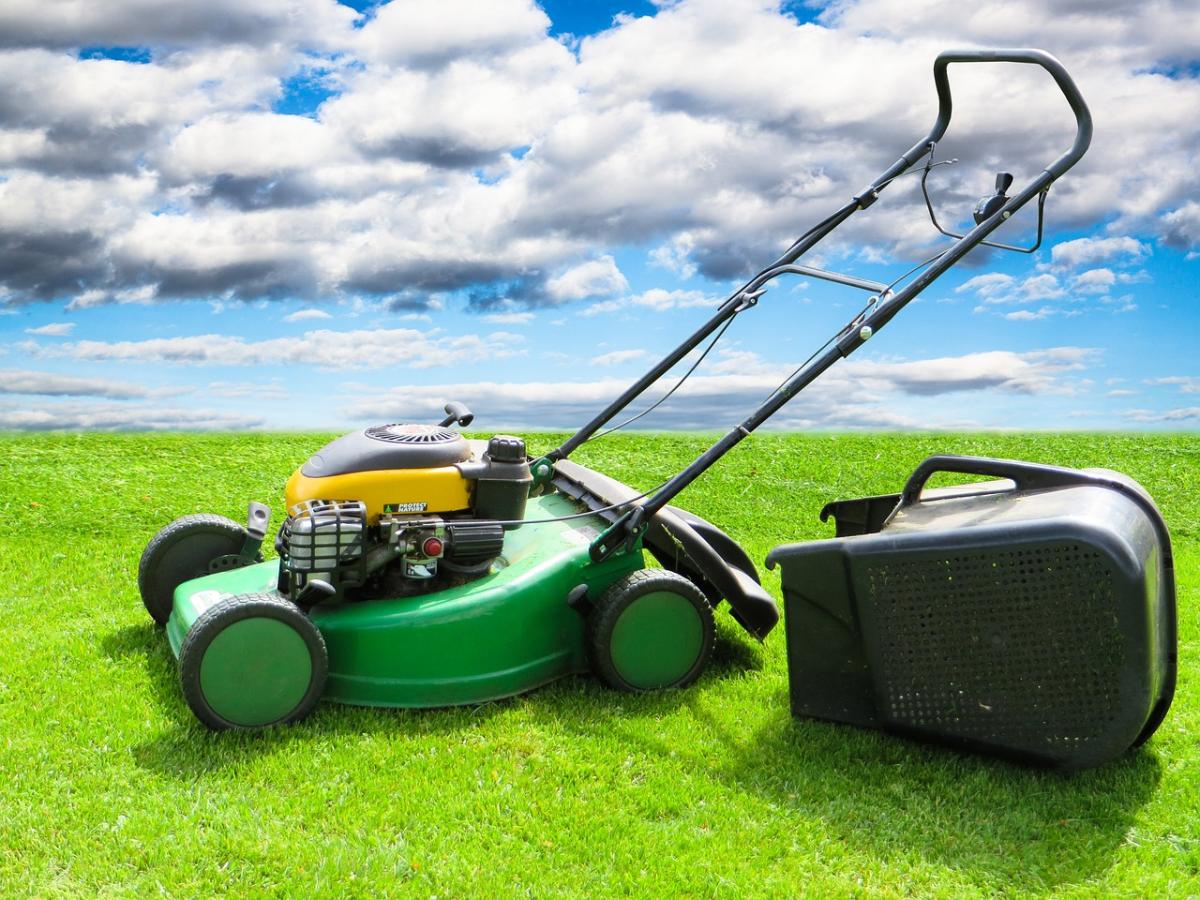Choosing the right grass for your lawn is a big deal. You want something that’ll thrive in your yard and make your neighbors a little jealous. Think about your climate first. Some grass types do better in hot areas, while others love the cooler temps. Knowing your zone can save you a lot of hassle later on.
Next, consider how you plan to use your lawn. Do you have kids running around playing? Or pets that dig up everything? If so, go for durable varieties like Bermuda or Zoysia. They're tough and bounce back from wear and tear. If it’s just for show, you might want to choose something finer like Fescue for that lush look.
Don’t forget about sun and shade! Check how much sun your lawn gets each day. Full sun grass types need at least 6 hours of sunlight, while shade-tolerant varieties like fine Fescue do well under trees. If your space is a mix of both, you might want to mix grasses to cover all your bases.
Lastly, think about maintenance. Some grasses need regular mowing and watering. Others are a bit more laid back. If you want a low-maintenance lawn, go for slow-growing types. That means less time mowing and more time enjoying your beautiful yard!
Best Lawn Care Tools You Need
Maintaining a lush green lawn is all about having the right tools at your side. Let’s dive into some must-have lawn care tools that make your job a whole lot easier.
Lawnmower: This is the heart of your lawn care routine. Whether you prefer a push mower or a riding mower, pick one that matches your lawn size. A reliable mower not only keeps your grass tidy but also promotes healthy growth. Look for features like adjustable cutting heights and easy start systems!
String Trimmer: Edging is key to a polished look. A string trimmer helps you tackle those tricky areas that your lawnmower can’t quite reach, like around flower beds and fences. Choose a model that's lightweight and easy to maneuver, and you’ll have those edges looking sharp in no time.
Rake: Don’t underestimate the power of a classic rake. It's perfect for clearing out leaves and debris, which can smother your grass. Plus, raking helps with aeration, promoting better air and nutrients reaching the roots. Go for one that’s sturdy and has a comfortable grip.
Soil Tester: Want to know if your lawn is getting the nutrients it needs? A soil tester can answer that! It helps you check the pH and nutrient levels, so you can adjust your fertilizers and amendments accordingly. A healthy lawn starts below the surface, and this tool gives you the info you need to keep it thriving.
Simple Steps for Regular Maintenance
Keeping your lawnmower in tip-top shape doesn’t have to be a chore. With just a few simple steps, you can keep it running smoothly and your lawn looking its best.
First up, always check the oil. Make it a habit to look at the oil level before each mowing session. If it’s low or dirty, change it out. Dirty oil can mess with the engine and affect performance. Just pour in some fresh oil, and you’re good to go!
Next, don’t forget about the air filter. A clean air filter helps your mower breathe better, so take a look at it every few months. If it’s dusty or clogged, it’s time for a new one. A quick swap can make a big difference in how well your mower runs.
Lastly, sharpen your blades. Dull blades tear grass instead of cutting it, which can lead to a brown, unhealthy lawn. Check your blades after every 5-10 mowing sessions. If they’re looking nicked or dull, grab a sharpening tool and give them a quick touch-up.
By following these steps, you'll keep your mower happy, and your lawn will thank you for it! Regular maintenance is key to a lawnmower that works like a charm and helps you achieve that lush, green lawn you’ve been dreaming of.
How to Tackle Common Lawn Problems
Let’s dive into some common lawn problems and simple ways to tackle them. A great lawn doesn’t just happen; it takes a bit of know-how and care. Here’s what you need to keep in mind.
1. Brown Patches: Those sad, brown spots can make any yard look neglected. Most often, they’re caused by pests or diseases. Check for signs like wilting grass or even bugs lurking beneath the surface. If you suspect pests, treating with a good insecticide can help. For diseases, it’s important to water properly and avoid cutting too short, which stresses the grass.
2. Weeds: Weeds can be a real nuisance, stealing nutrients and sunlight from your grass. Regular mowing helps, but you might need to use a weed killer for stubborn ones. Pulling them out by hand can also be effective, especially when the soil is damp. Keep a steady eye on your lawn to catch them early.
3. Uneven Growth: If some areas of your lawn grow way faster than others, it could be a sign of poor soil or drainage issues. Consider aerating the lawn to help the soil breathe and improve water flow. Adding fresh topsoil in patches where grass struggles can also do wonders.
4. Thin Grass: If your grass looks patchy or thin, it’s time to think about overseeding. This involves spreading new grass seeds over your existing lawn. Pick a seed that matches your current grass type for the best results. Water regularly after overseeding and keep foot traffic to a minimum until it establishes.

